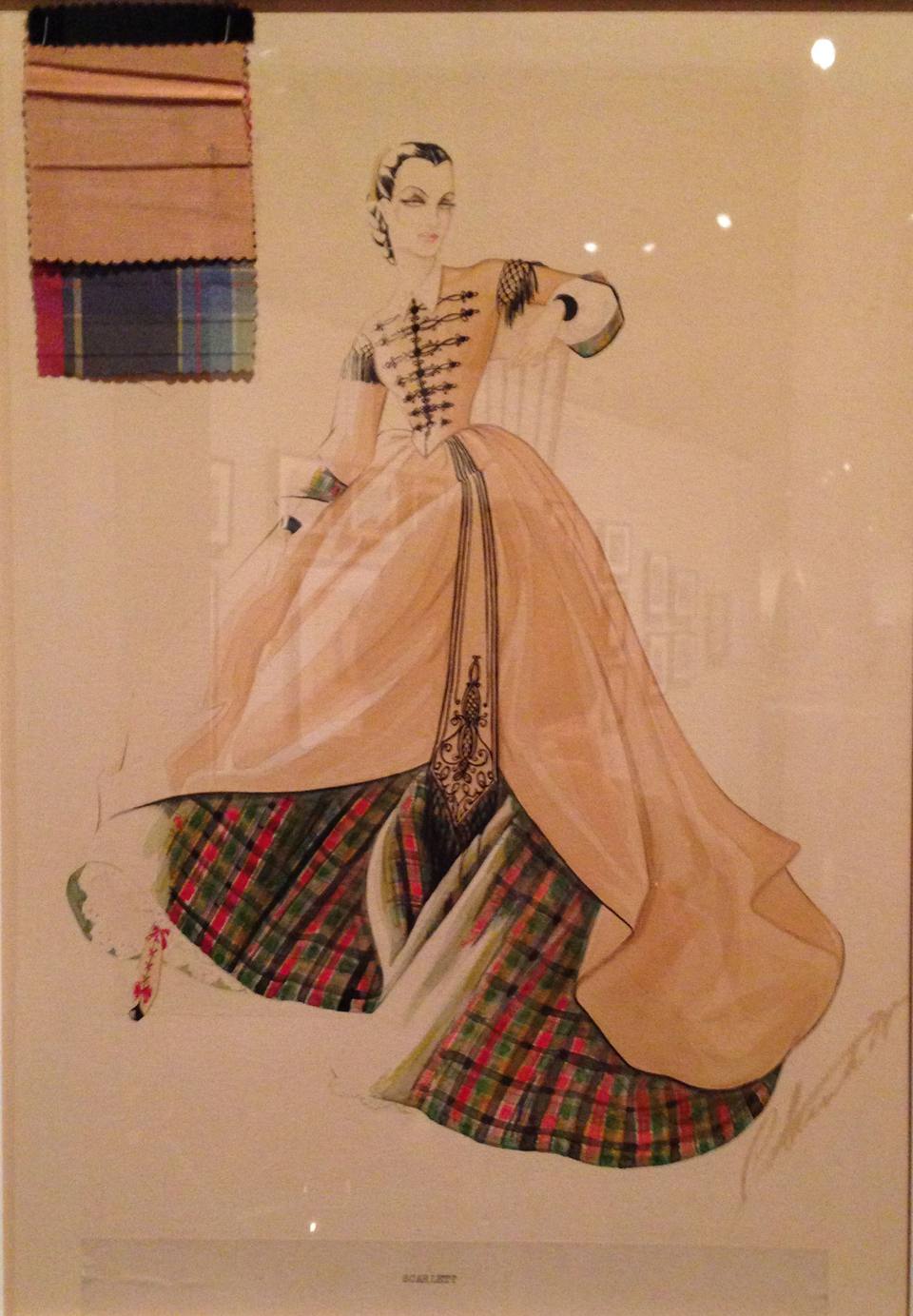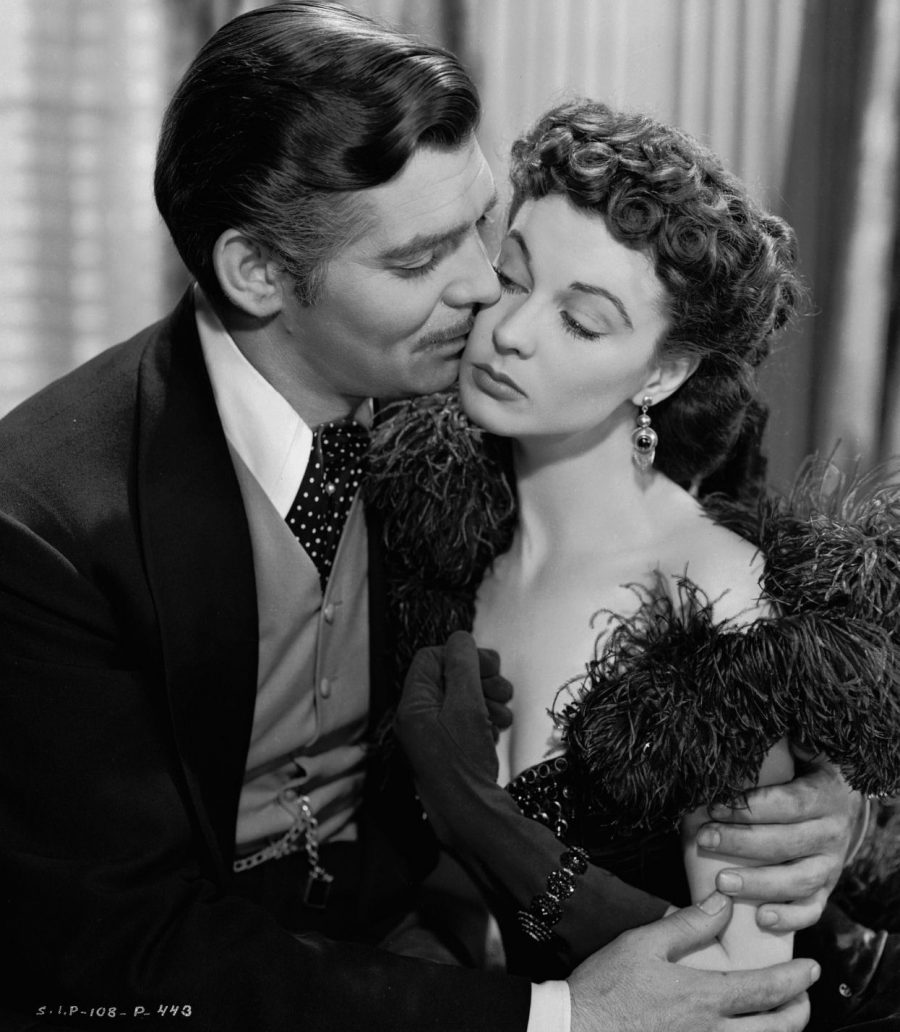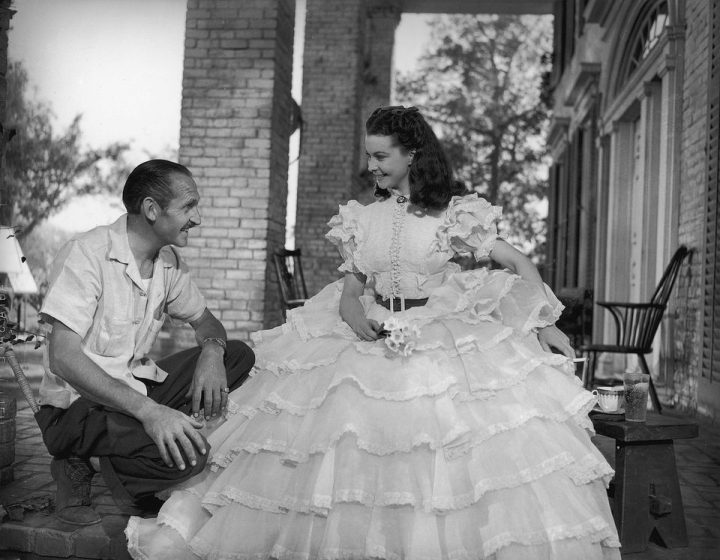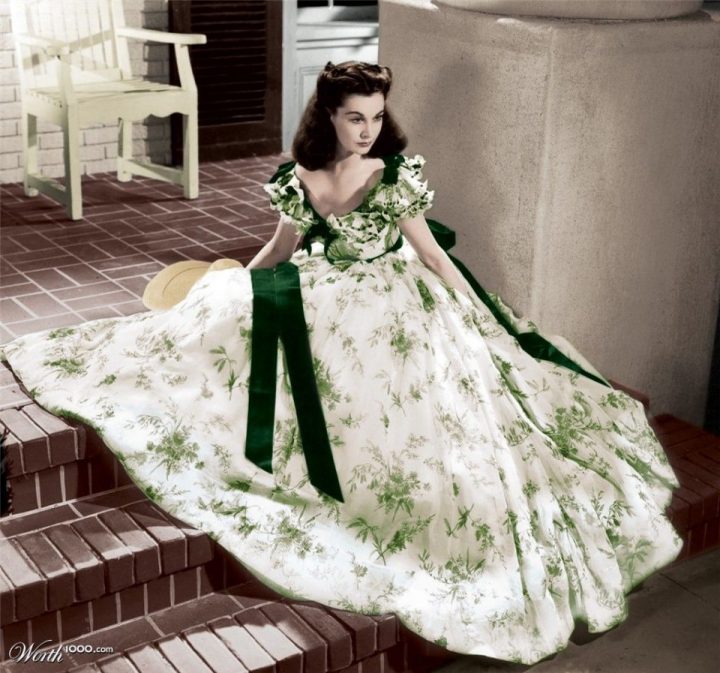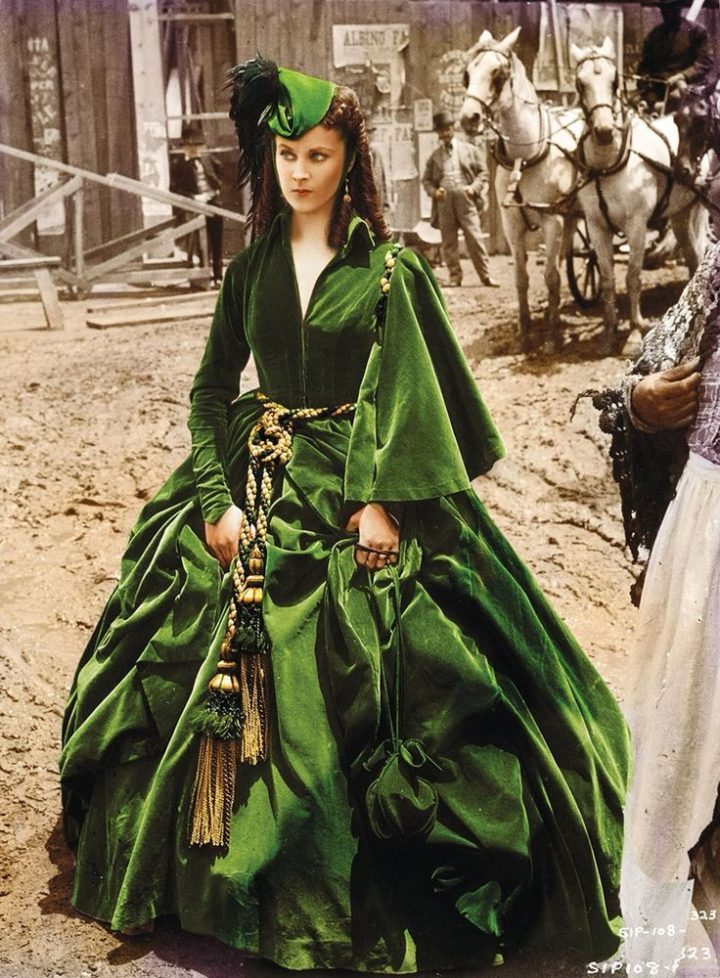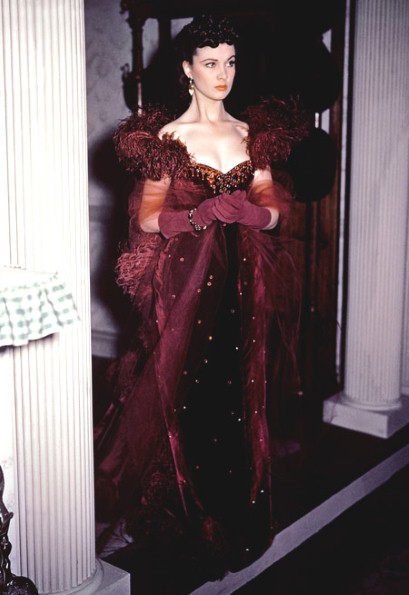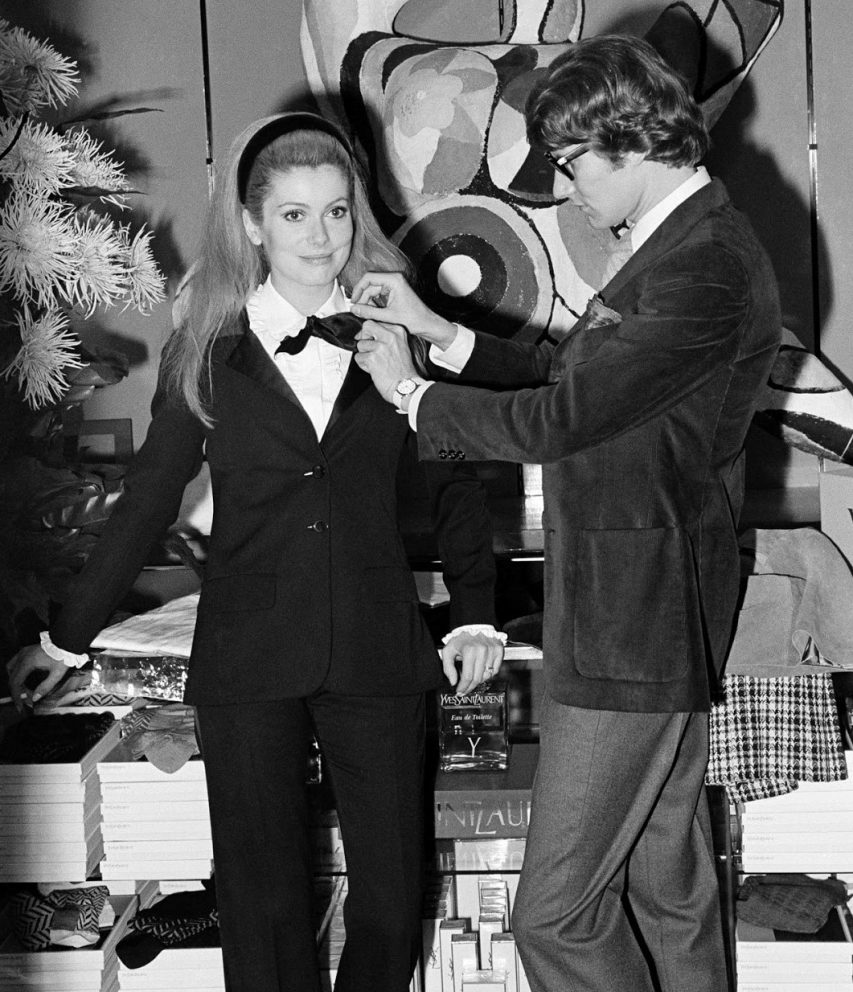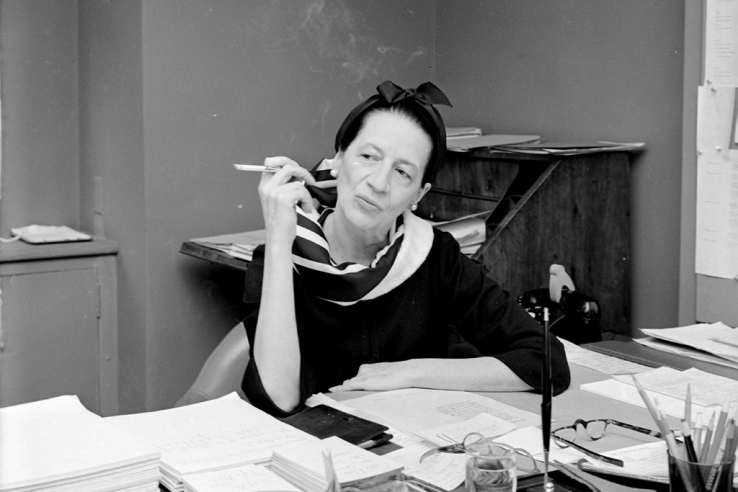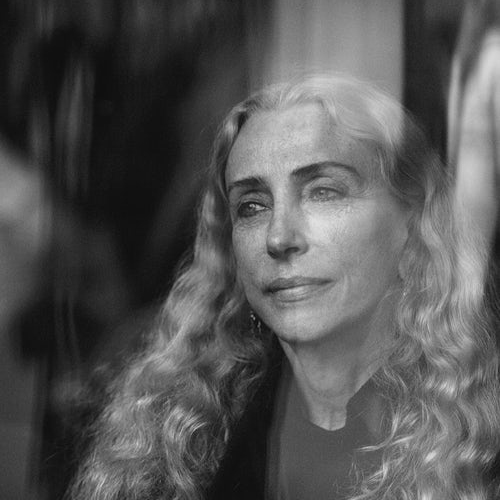Gone with the Wind — a true fashion reference
Larisa
Gone with the Wind
a true fashion reference
After about 80 years after its release, Gone With The Wind remains one of the most iconic films of all time. Be it for the story or simply Scarlett O’Hara’s character, the film turned out to be one of the most successful in history.
What most don’t know is how much effort the film took with over three years of production and an array of changes in writers, directors and cinematographers. One member of the team that remained present and involved throughout the process was legendary designer Walter Plunkett, who created more than 5,000 separate items of clothing for more than fifty major characters. Plunkett worked in more than 150 projects in his prolific, award winning career – including Signing in the Rain and Little Women, becoming a real authority on period costumes in Hollywood.
